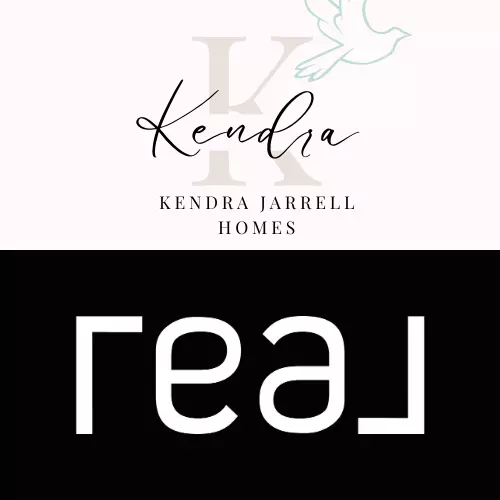How to Avoid Budget Overwhelm When Planning a Custom Home


Building a custom home is one of the most exciting journeys you can take. You get to design the spaces where your family will grow, make memories, and finally enjoy the home you’ve been dreaming about.
But let’s be honest: when you start talking about budgets, excitement can quickly turn into overwhelm. From construction costs to finishes to unexpected surprises, it can feel like you’re staring down a giant spreadsheet and wondering, “Where do I even start?”
The good news? With the right approach, you can plan a custom home budget that feels less like a stressor and more like a roadmap.
Step 1: Start With Your Total, Not the Details
Most people dive right into finishes: countertops, flooring, paint colors. But the smarter place to start is at the top:
👉 What is your total comfort zone for this build?
That number becomes your north star. Instead of getting lost in the weeds, you’ll filter every decision through that bigger picture.
Step 2: Break It Into Categories
Budget overwhelm usually comes from trying to juggle a thousand numbers at once.
Simplify it by dividing your budget into broad categories:
- Land & Site Prep (lot cost, clearing, grading, utilities)
- Construction (foundation, framing, roofing, systems)
- Finishes (kitchen, bathrooms, flooring, fixtures)
- Soft Costs (permits, surveys, design fees, insurance)
- Contingency (a cushion for the unexpected—always include this!)
Now instead of one giant budget monster, you’ve got manageable buckets.
Step 3: Expect the Unexpected
Even the best-planned builds hit surprises. Soil issues. Permit delays. Material shortages.
That’s why every smart custom home budget includes a contingency fund (usually 10–15%). Think of it like insurance—it keeps you from panicking when the unexpected shows up.
Step 4: Prioritize What Matters Most
Here’s a secret: you don’t have to splurge on everything.
Decide early what’s most important to you.
- Is it the gourmet kitchen?
- The outdoor living space?
- The spa bathroom retreat?
Pick your non-negotiables. Then, balance them with areas where you’re okay going mid-range. This keeps your budget aligned with your lifestyle, not just Pinterest boards.
Step 5: Lean on the Right Team
Here’s where overwhelm often melts away: when you realize you don’t have to figure this out alone.
Builders, designers, and yes, your REALTOR®, all play a role in keeping your budget grounded. We see the hidden costs, the common pitfalls, and the places people tend to overspend.
Having a team you trust means you get clarity, not chaos.
Final Thought
Budgeting for a custom home doesn’t have to be overwhelming.
✨ Start with your total comfort number.
✨ Break it into categories.
✨ Plan for the unexpected.
✨ Prioritize what matters most.
✨ Surround yourself with the right team.
When you do, your budget becomes less about stress and more about strategy.
Because building a custom home should be exciting—not exhausting.
Categories
Recent Posts












